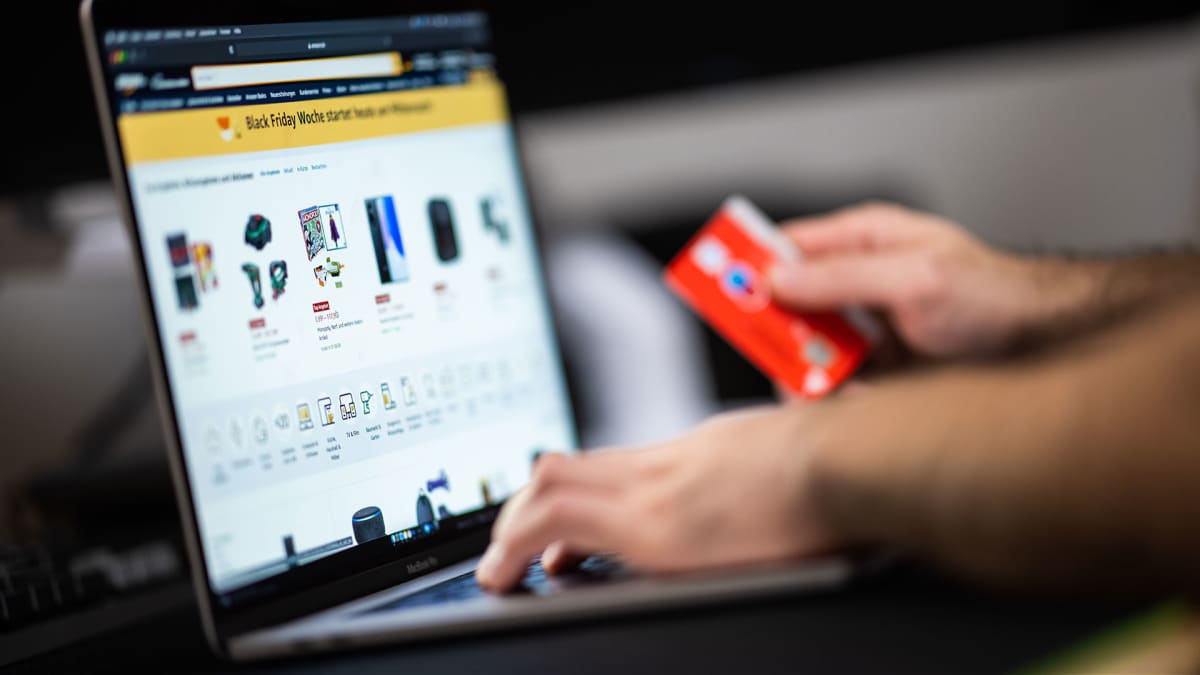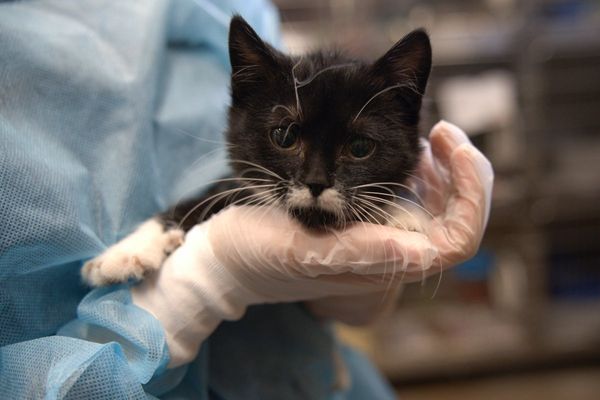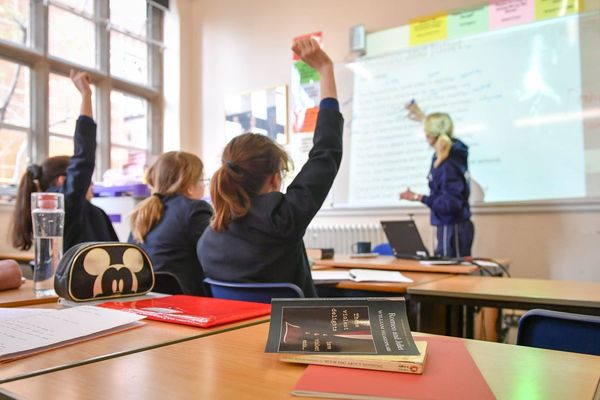
As most social media companies know by now, visual engagement is king. The longer a user stares at an image or a video, the more engaged they tend to be on that site. And usually, the more likely they are to return to it again and again.
Crafty social media companies have figured out how to habitualize user activity, boost engagement, and turn engagement into sales. Instagram, for example, began as a niche photography app before being acquired by Facebook (META) in 2012. In 2019, it rolled out Instagram Shop to the incredulity of millions. Most people doubted that users actually wanted to shop while browsing social media. Ads were a perfectly sufficient modality for companies to make money. Turning it into QVC would just cheapen the product.
DON'T MISS: Maybe People Don't Actually Want to Buy Things on Pinterest
Nonetheless, Shop was rolled out and later placed at the bottom row menu of Instagram in 2020 (when a lot of people were bored, at home, and online). Fast forward to today and 60% of Instagram users say they use the Instagram Shop tab to explore products and services.
Shop is a rousing success, so it's no surprise that other social media companies want in on the basic premise.
One of those companies is Pinterest (PINS), which has been at the visual discovery game for quite a while but still can't seem to tap the well of profitability and turn users into free-flowing dollars.

Shutterstock
Pinterest Looks to Deepen Visual Shopping Strategy
Like many social companies, Pinterest grew at an impressive clip during the pandemic when more folks were at home and on their phones more. Pinterest's monthly active users peaked at 478 million in Q1 2021 but now hovers around 463 million.
The company has a lot of users, to be sure. Its challenge isn't so much acquisition as it is turning those users into paying customers. Much of its growth is international, but lion's share of its revenue comes from the U.S. and Canada, an already saturated market in terms of growth. Its solution to date has been sponsored and shoppable pins, which helped boost average first quarter revenue per user by 2.6% year-over-year in the U.S. and Canada to $5.11.
But Pinterest still needs help. Inundating feeds with sponsored content isn't a sustainable model and can quickly turn users off from the site. Adopting TikTok's model is an option, but TikTok is king of short video and basically uncatchable at this point by Pinterest, YouTube, and most other social sites. Which brings it to a third option of partnering with an e-commerce site that already has the ARPU game figured out. Who better for that than Amazon (AMZN)?
Pinterest Partners with Amazon
Pinterest announced recently that, for the first time, it will partner with Amazon for third-party ads, a move it believes will open the door to better-tailored content and more high impact brands and content on its platform. It's not a bad idea. Most people come to Pinterest with the intention to shop or browse. It just needs to figure out how to complete that process most naturally. At present, it's still pretty clunky.
“This milestone partnership will add to the great brands already on the platform and provide more comprehensiveness, shoppability, and a best-in-class buying experience for users, along with greater performance for brands and advertisers,” Pinterest CEO Bill Ready said in a statement. “This aligns with our goal of making every Pin shoppable, so that we can enable as many users as possible to bring their dreams to life.”
The rollout is expected in mid-2023, so it's not likely Pinterest will see the fruits of the partnership until later this year or early next.
“Amazon Ads is delighted to partner with Pinterest and make it even easier for customers to discover and buy relevant products through shoppable content, while also providing differentiated value for brands," Amazon SVP Paul Kostas said.







